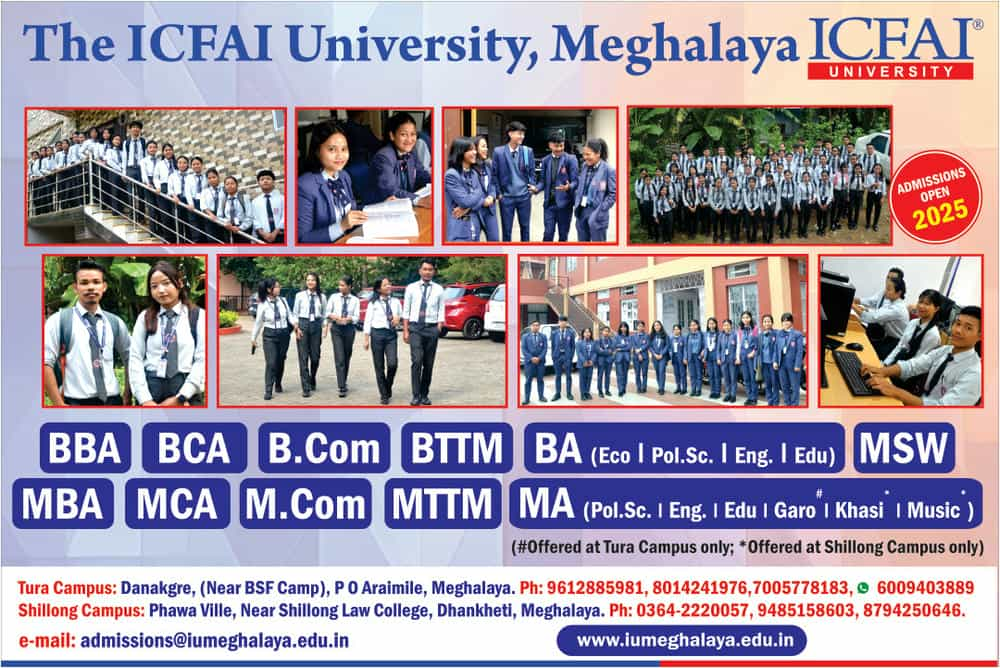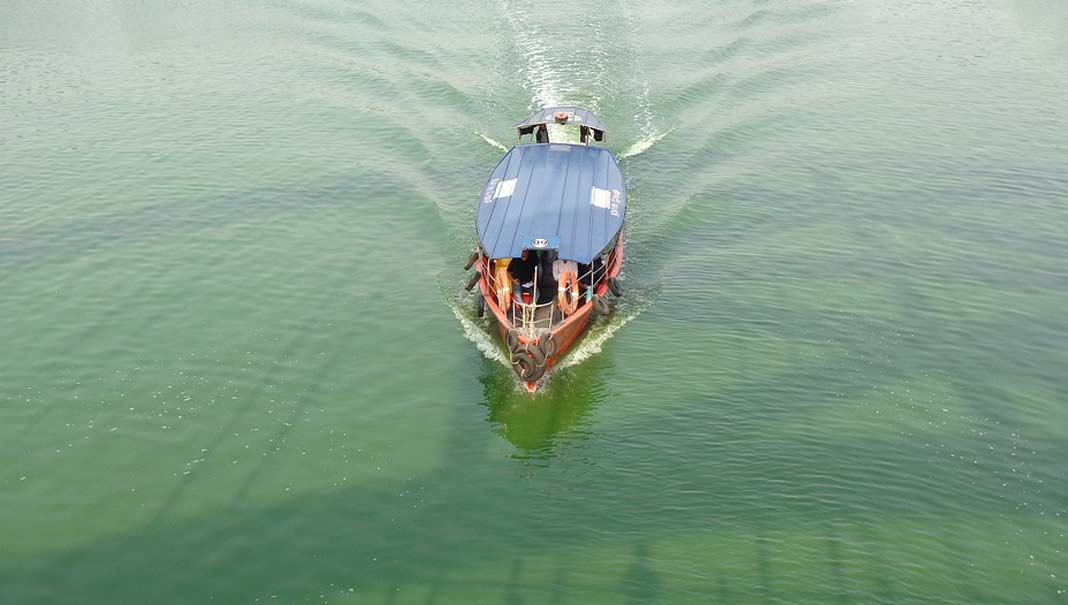Indo-Bangla Northeastern states indulging in greater cooperation through waterways

Inland waterways development can not only become a vital and cost effective component of multimodal connectivity, but also a means to care for our shared riverine ecology and ensure sustainable development and livelihood generation for people on both sides of our borders. Healthy waterways as part of a larger multimodal connectivity setup can be ensured with healthy practices of water resource management, which is also a prerequisite for growth of the farm sector.” This was the common theme that echoed the inaugural webinar of webinar series Asian Confluence NADI conversations organized by Asian Confluence, a premier Indian think tank based in Shillong, India. It has been largely acknowledged that Bangladesh and India’s Northeastern states are indulging in greater cooperation through waterways between India and Bangladesh in the post COVID-19 era, given the political and strategic will of the two nations.
In his distinguished inaugural address, the Minister of State for Foreign Affairs, Mr. Shahriar Alam recalling his participation in the Asian Confluence NADI festivals said “when we talk of the 54 transboundary rivers with India, we are talking of an opulent harvest of fusing culture, crafts and trade developed over generations”. “Rivers are part of our common heritage which we must cherish for our own nourishment”.
“The Asian Confluence operates in the ‘third space’. The role of the ‘third space’ to complement efforts of the ‘first space’ led by government and the ‘second space’ led by industry, has become the need of the hour. Credible civil society organizations, academia, entrepreneurs and grassroots organizations should be mobilized to lead to an organic growth bottom up. We reaffirm the importance of harnessing collective strength of all stakeholders who seek to advance the cause of water security. Communities living along rivers should be the key agents in the process”
In her keynote speech, Smt. Riva Ganguly Das, High Commissioner of India to Bangladesh said, “The Agreement on the use of Mongla and Chittagong ports and the recent 2nd addendum in the India Bangladesh protocol route will become a great enabler for the rejuvination of livelihood and economy of the region. These mutually beneficial arrangements will further strengthen the integration of our supply chains and logistics sectors, generate employment and will spur investments in the logistics and services sector of Bangladesh such as finance, transport and insurance. Furthermore, Bangladesh will earn revenue as the cargo transit will be through the use of Bangladeshi trucks and through administrative and port fees. She added that the full potential of the multimodal connectivity projects will be realized in Narayanganj, Sirajganj, Mongla, Chilmari and Khulna enabling them to emerge as new economic hubs in Bangladesh”.
Mr. Ram Gopal Agarwal, distinguished fellow NITI Aayog, Mr. AbdusSammad, Former Senior Shipping Secretary Bangladesh and Dr.AtiurRahman, former governor of Bangladesh Bank also echoed on the theme inland waterways bring part of a larger multimodal connectivity scheme to ensure cost effectiveness. The north eastern states and
Bangladesh can benefit immensely from this where there is immense possibility for growth in the agri- and farm sectors. The session was chaired by Amb. DeepaGopalanWadhwa, IFS Retd and a key voice in India’s strategic community.
Echoing an industry voice, Mr. Yasser Rizvi of Summit Group said that the “The new Daudkandi – Sonamura route has good potential and in order to maximize usage suitable transshipment points must be identified for handling goods to / from the smaller barges. Pangaon and SAPL Muktarpur are both suitable for this”. The discussion had active participation from industry stakeholderand state level policy makers such as Mr. AmlanBasu, Managing Director AVS Groupand Mr. KiranGitte, IAS secretary, Trade and Commerce, Tripura. It was attended by more than two hundred people comprising of scientific institutions such a IUCN, civil society, thinktanks and academia and has a large viewership on social media platforms.

Leave a Reply